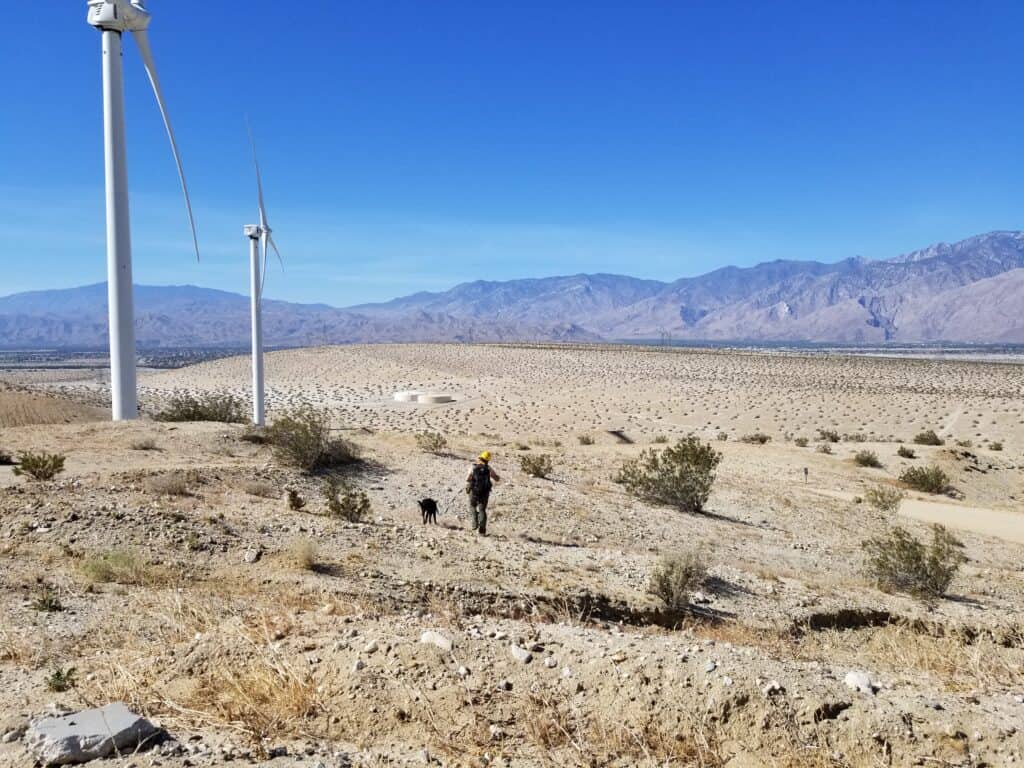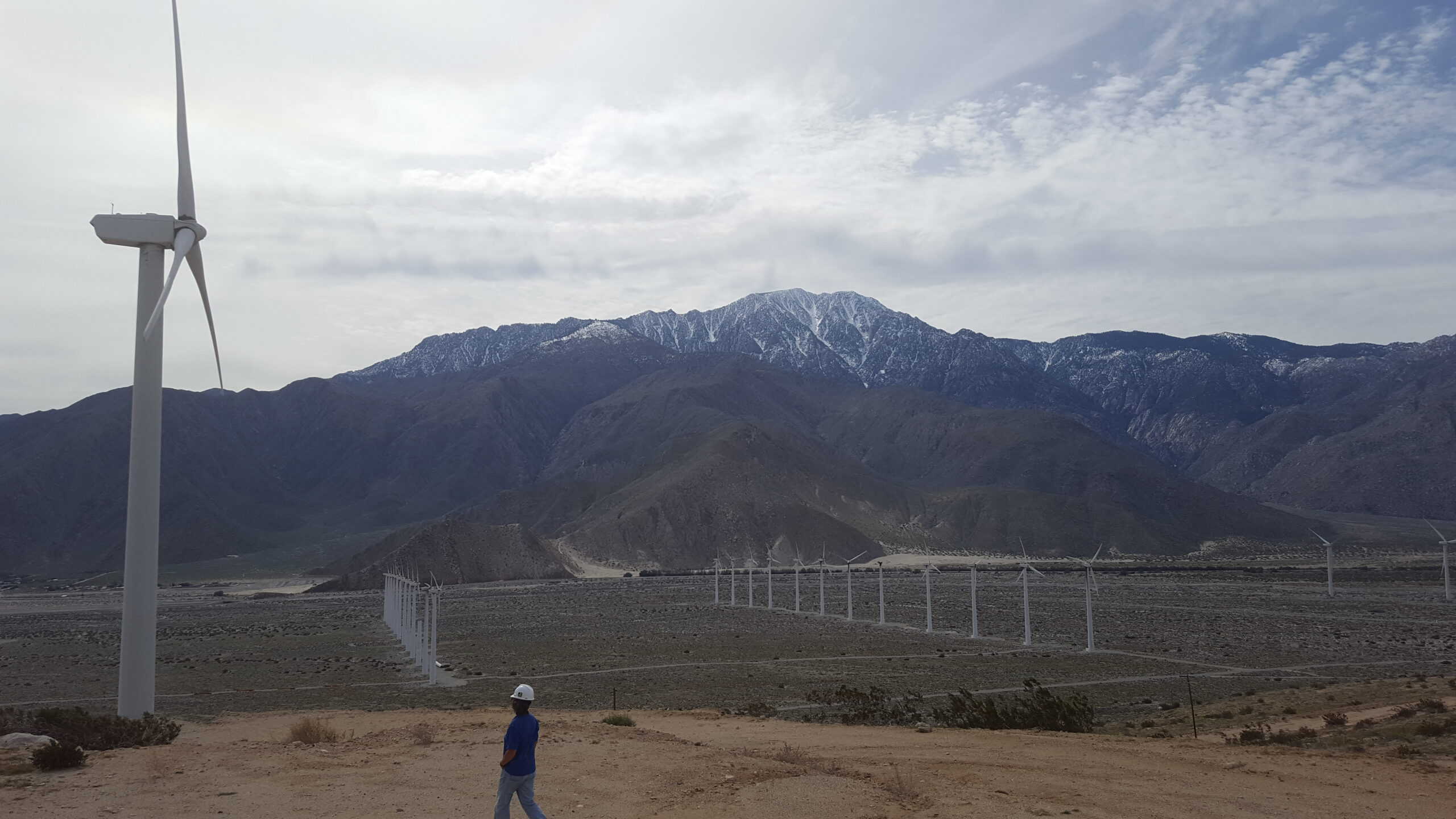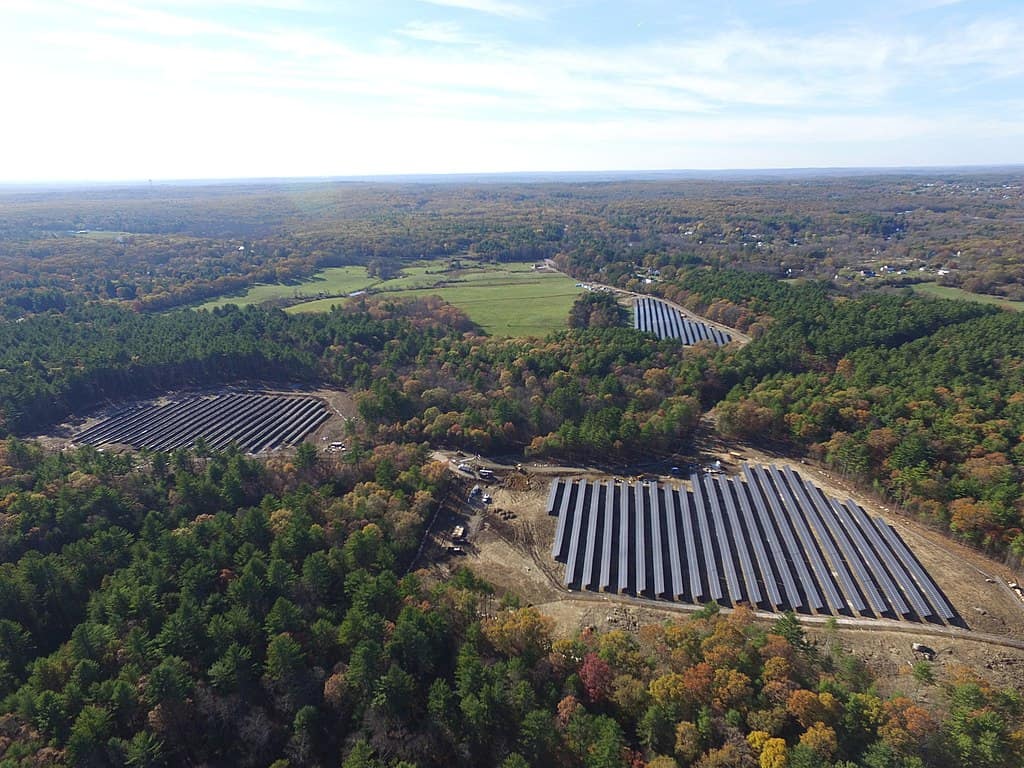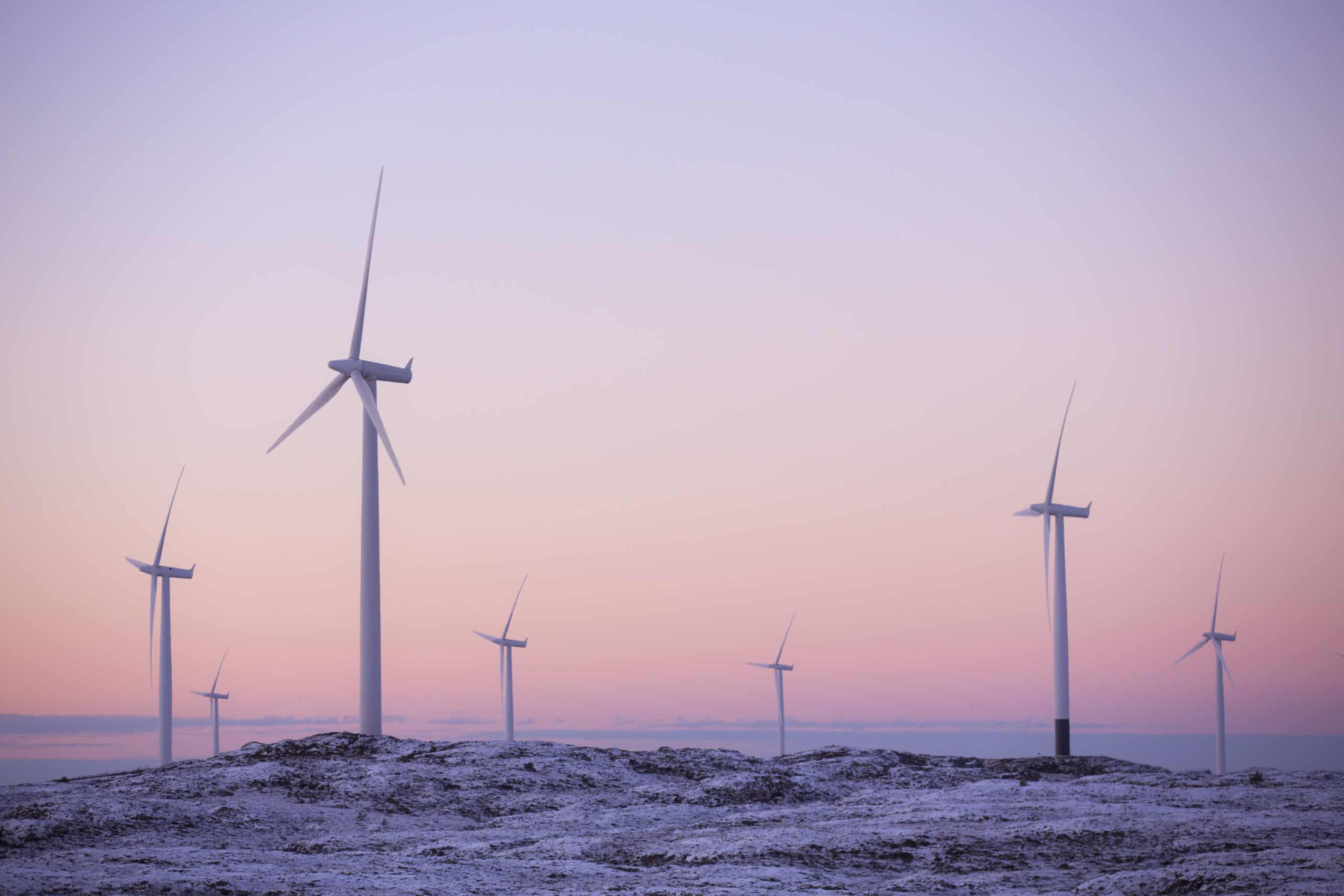Share this article
Bird feathers shed insight into renewable energy casualties
Using stable isotope analysis, researchers can find the origin of birds that died at wind and solar facilities
As wind and solar energy facilities increase on the landscape, it may be good news for climate change, but it can be bad news for birds that are killed after colliding with turbines and solar panels. By studying the feathers from these birds, researchers were able to identify where the birds came from—knowledge they hope can help reduce these casualties.
“Renewable energy is really great for helping us mitigate climate change,” said Hannah Vander Zanden, an assistant professor in the department of biology at the University of Florida. “But there is an unfortunate part that has consequences for wildlife. We know hundreds of thousands of birds are dying annually at these facilities across North America.”
Vander Zanden is the lead author of a study published in Conservation Biology tapping into repositories of bird carcasses that were found around wind and solar energy facilities. She and her colleagues removed feathers and conducted stable isotope analysis on them to determine the birds’ origins.
“Characterizing the geographic footprint of how far away these effects on wildlife ultimately helps us be able to better mitigate these fatalities,” she said.

Bird feathers have inert tissue formed where they molt, usually after breeding. Their feathers include hydrogen that is derived through their food and drinking water, which is influenced by the precipitation that occurs in the area. That leaves a specific signature in the feathers that allows researchers to figure out where they originated. Similar processes take place in other species—including humans.
“Most of the work I do is centered around mysteries we can unravel with stable isotopes to understand animal relationships with the environment,” she said.
Luckily for Vander Zanden, many renewable energy facilities were already collecting carcasses of birds that had died there. At one wind energy facility in Northern California, wildlife biologists on staff have been storing bird carcasses in the freezer since 2007. Other facilities conduct monitoring surveys using dogs and humans to find carcasses.

Vander Zanden and her colleagues categorized the birds into local or nonlocal individuals based on the origin determined from their feathers. They found that at wind energy facilities, 51% of the birds that died were nonlocal, and at solar facilities, 73% were nonlocal.
The difference may come down to the characteristics of the sites, Vander Zanden said. For example, glittering solar panels may look like water to migrating birds in the deserts of Southern California—where water is scarce—and attract more birds that are migrating long distances.
The researchers also found that birds originated closer to where they died at wind facilities in Northern California. That may be indicative of nomadic or dispersal movements, Vander Zanden said.
They also found that nonlocal deaths peaked in April, September and October—during spring and fall migrations.
Vander Zanden said this information can be used to inform managers about which species to focus conservation efforts on.
Header Image: Researchers looked at bird casualties at wind energy facilities like this one in Southern California. Credit: Todd Katzner








